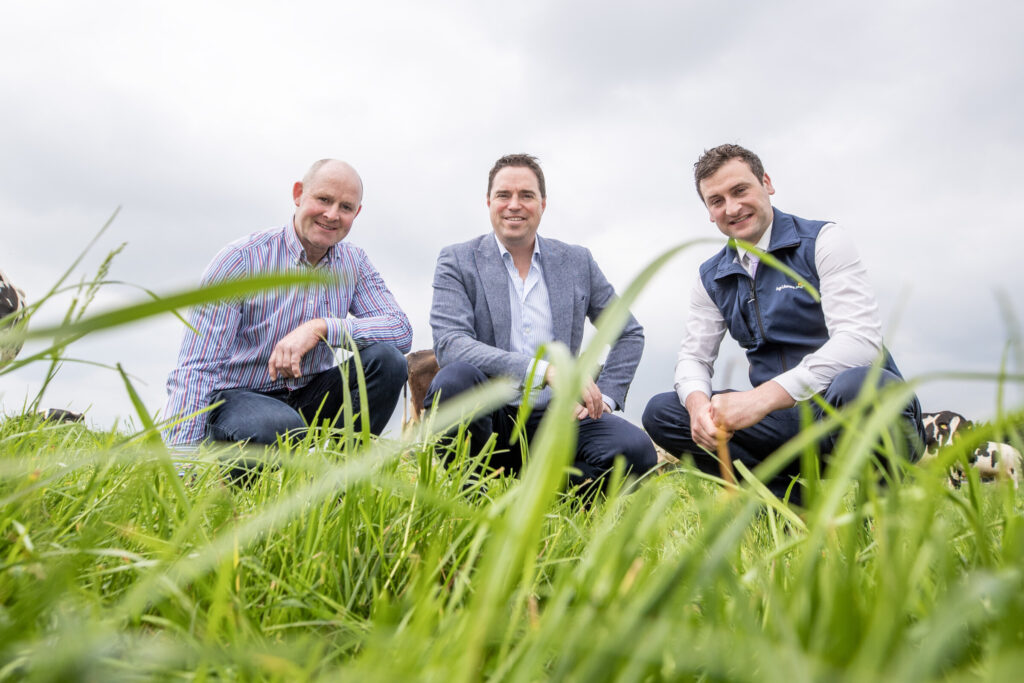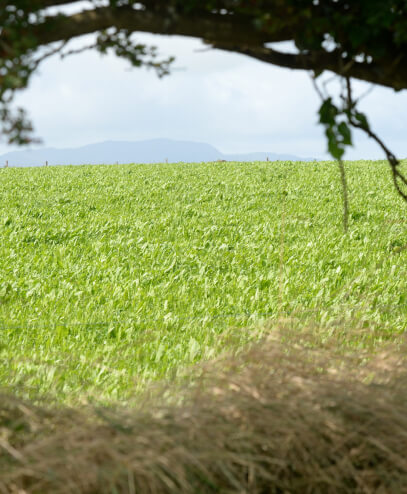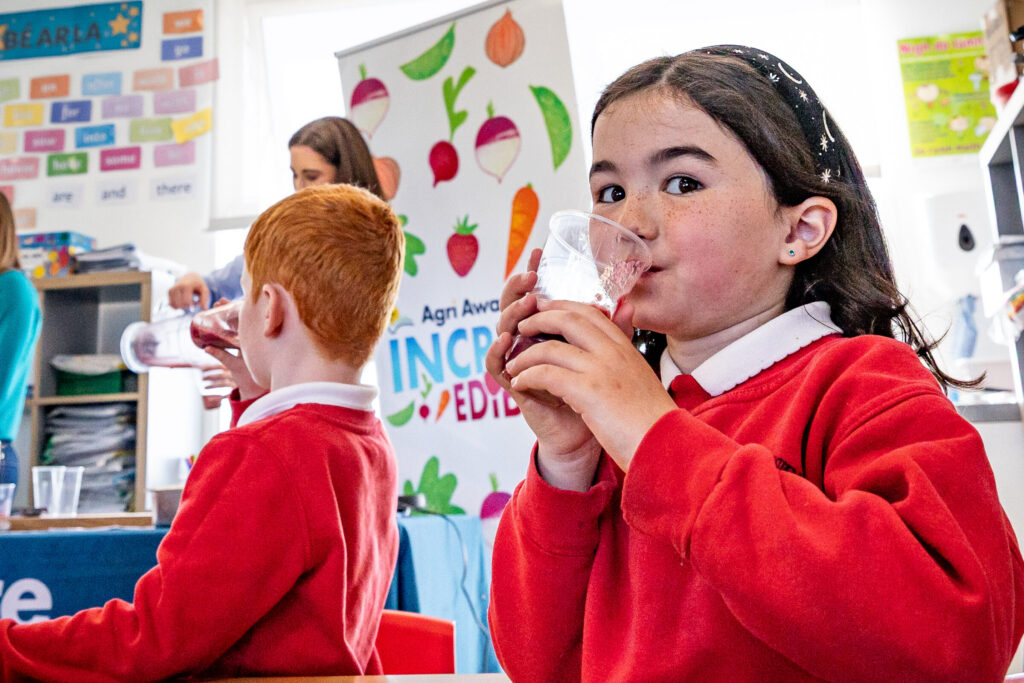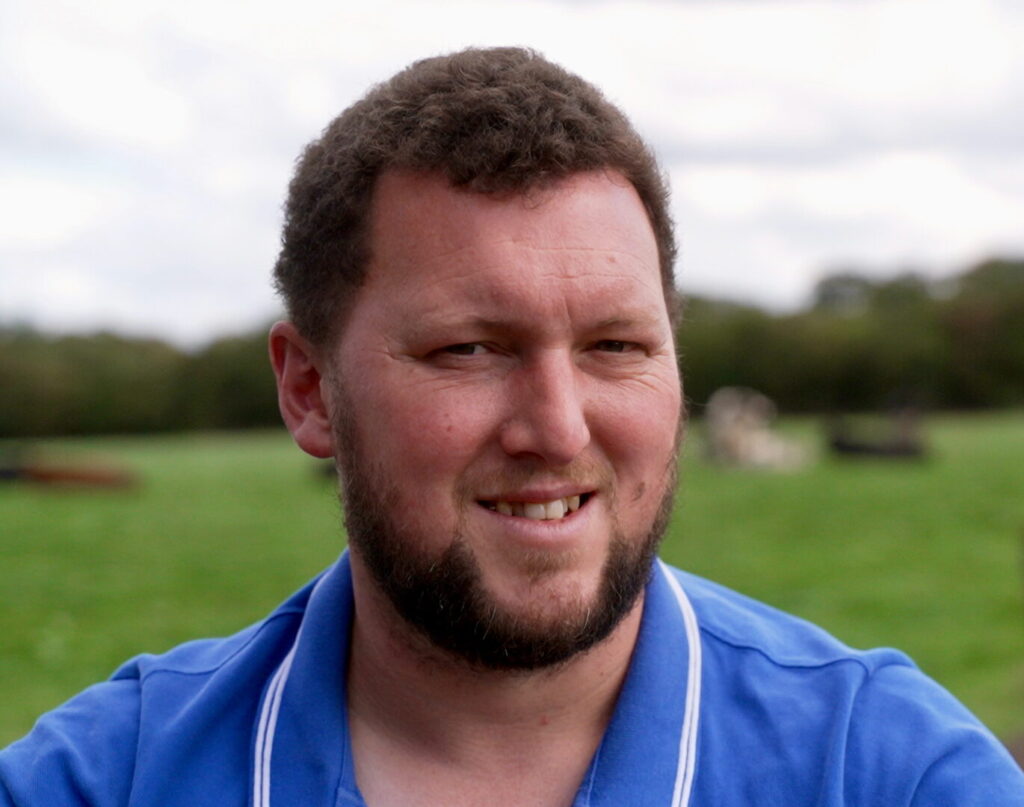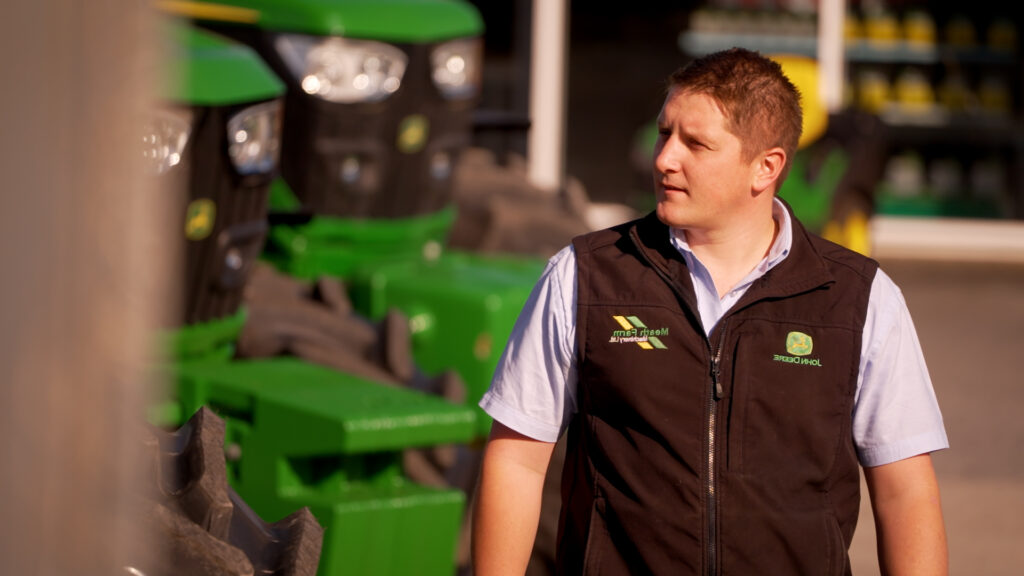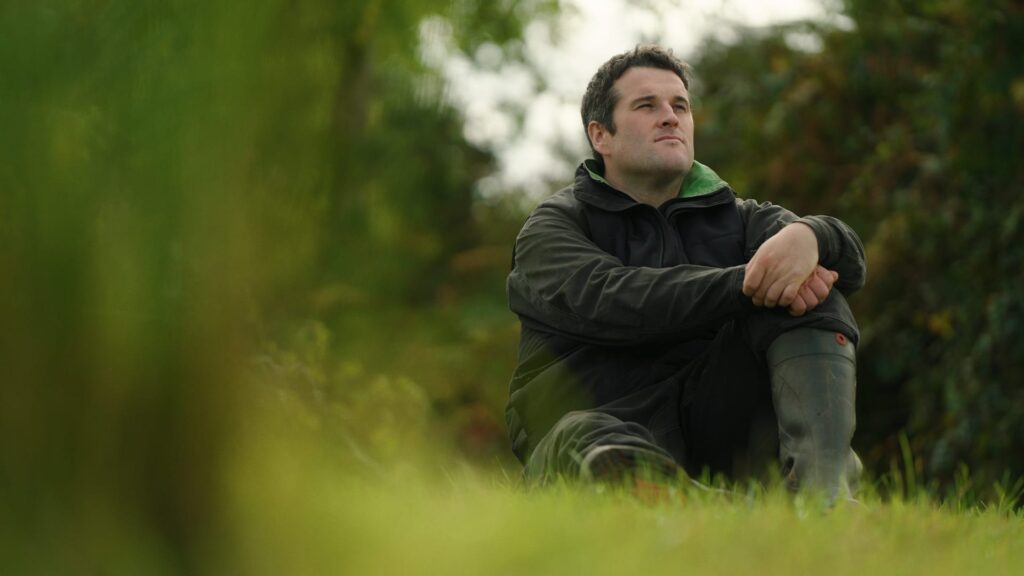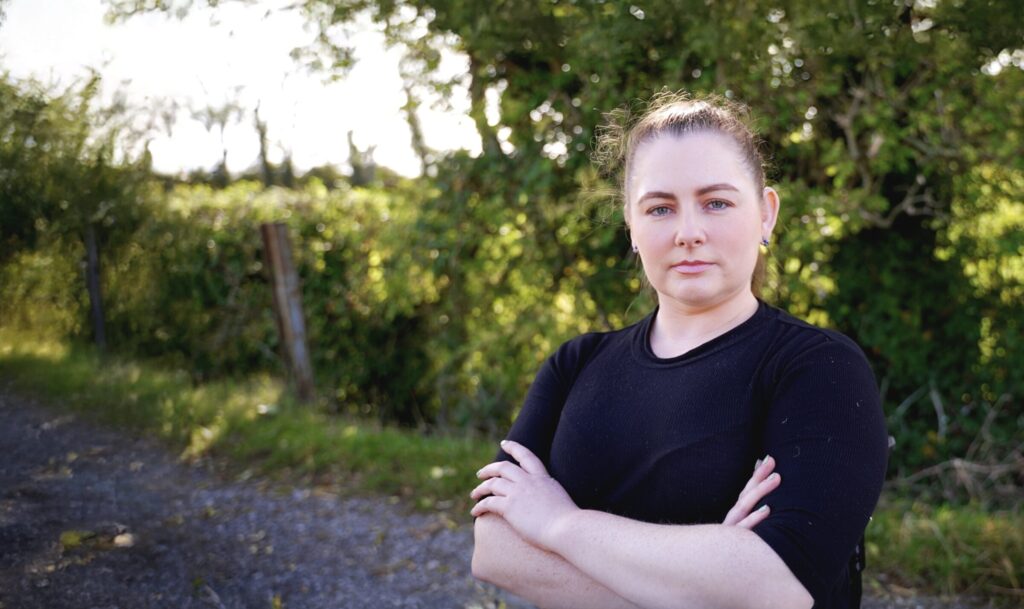My Livestock Accident Story
Shane Purcell
Beef farmer from Co. Kildare

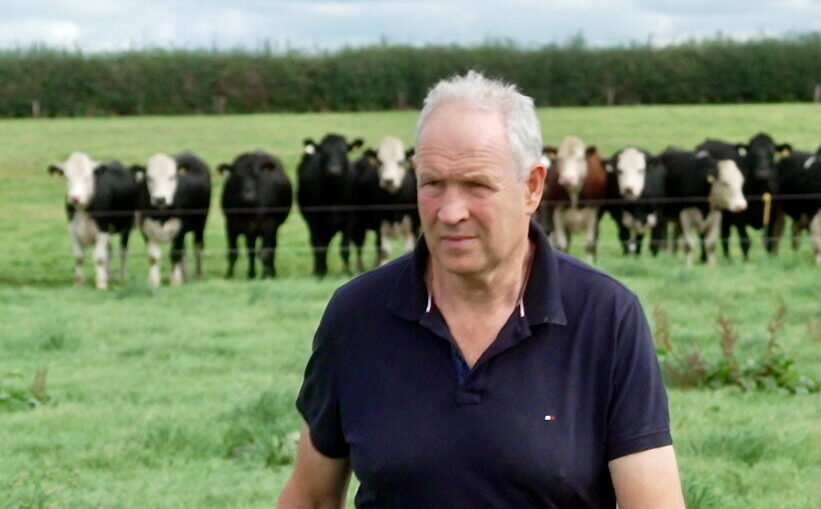



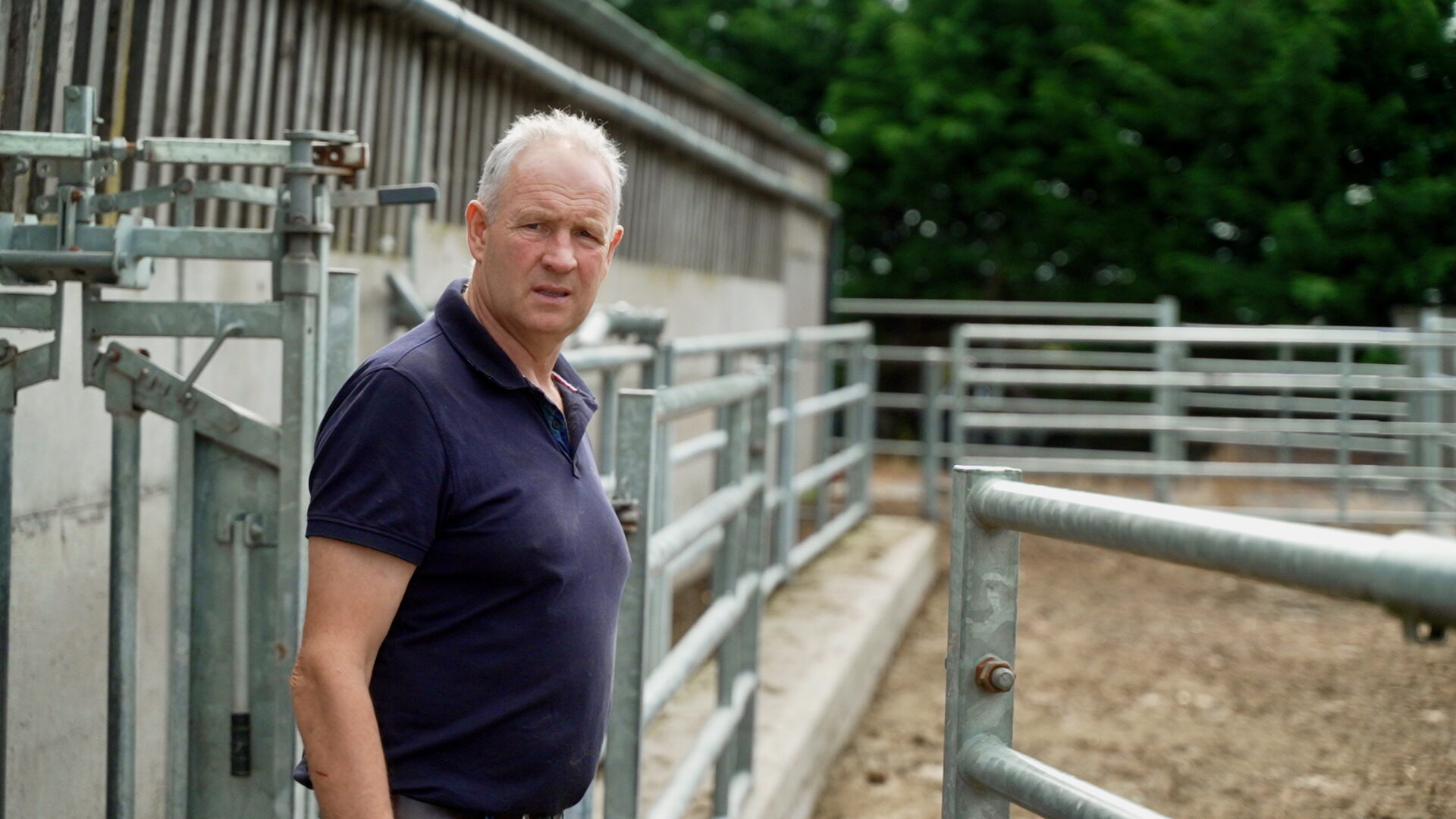
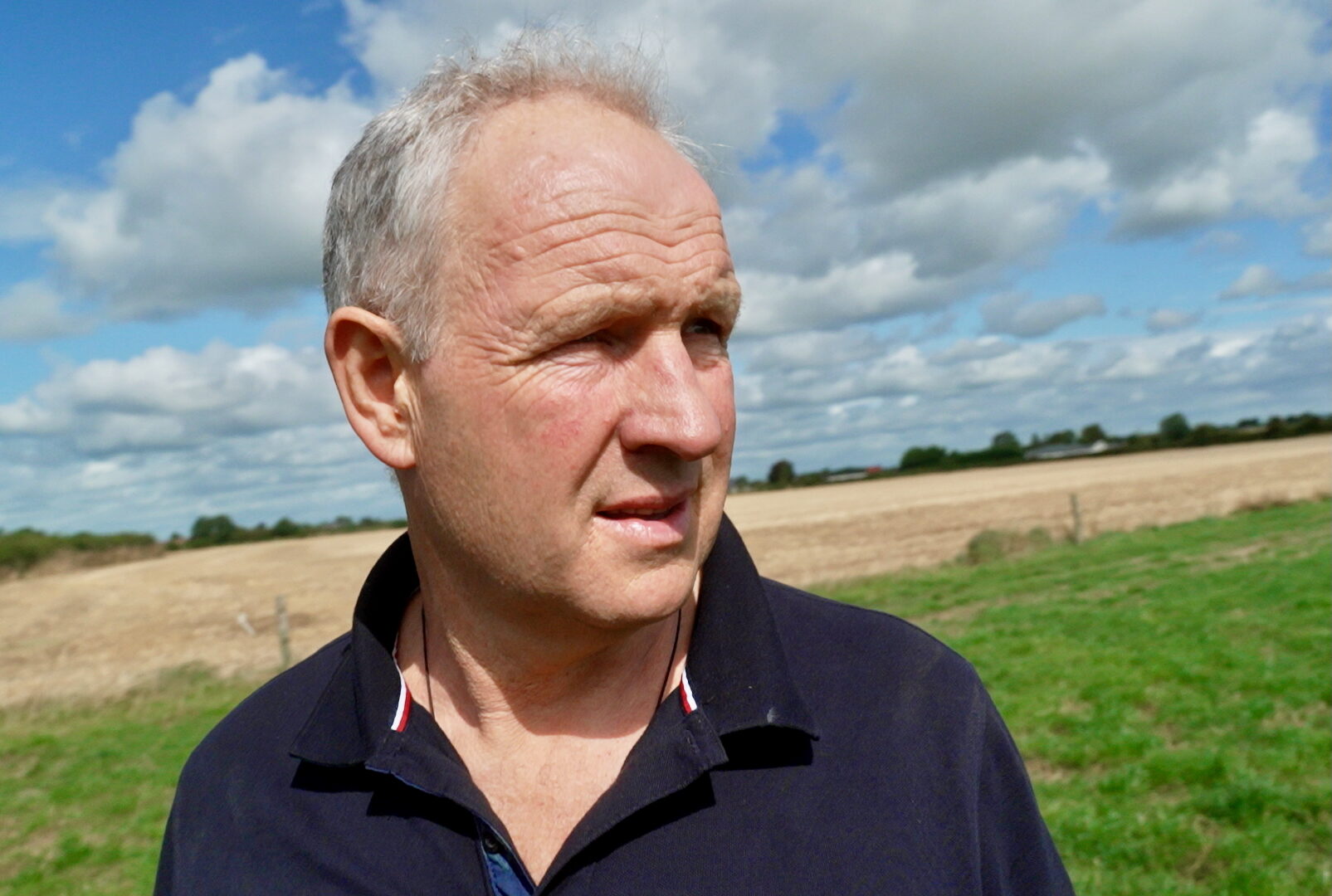
Hi, my name is Shane Purcell, and I operate a beef farm in partnership with my son Barry in Athy, Co. Kildare. We finish most of our own cattle here, as well as producing wheat, beans, and beet.
Your safety matters to us, and we want to hear from you!
Please take a few minutes to complete our Survey.
From the Experts
Safety When Handling Livestock
By Ciaran Roche, FBD Risk Manager
Understanding Livestock Safety
While most serious and fatal livestock related accidents are associated with handling cows at calving and handling of bulls; a significant number of accidents occur during routine tasks such as herding, loading, drenching, vaccinating and testing.
Beef cattle or animals in suckler herds are often flighty and easily agitated due to the fact that they are not handled on a regular basis and sometimes due to their genetics. Farmers should use bulls and cows that produce docile offspring.
Cattle are more likely to cause injury when they are in a highly agitated, protective or stressed state. With this in mind, particular care and caution need to be taken during calving, testing and loading.
Experience is key
Cattle handlers should be experienced, competent, and sufficiently agile for the class of livestock being handled.
Good stockmanship skills will ensure that stress to cattle is minimised, that they are handled safely and this in-turn will reduce the risk of injury to the handler.
The demeanour of cattle usually gives a hint as to their state of agitation, because of this it is essential that you watch out for danger signs such an aggressive/agitated head or tail positions, bellowing and pawing the ground.
Additionally, it should be ensured that there is enough people at hand to carry out the task safely.
Consider your design
Well-designed handling facilities are essential for safe handling of cattle.
Facilities should include securely fenced fields, good holding pens, suitable cattle crush, sculling gate, calving facilities and bull handling facilities.
Good calving facilities will include a calving gate and head restraint for the cow. A well-designed bull pen is essential for managing a bull when it is away from the herd. The design should allow the stockman to feed and bed the bull without entering the pen.
Not only will good facilities make the job safer but it will also make it easier to carry out the work in a more efficient manner. If cattle are located on an out-farm, strongly consider investing in cattle handling facilities for that location.
Cows with Calf
All cows with calf will be protective and potentially dangerous. Always use a calving gate when calving and be careful around cows and heifers with newborn calves. It is essential for the farmer to establish an adequate physical barrier between themselves and the cow and never turn their back on a cow following calving.
Beware
All bulls are dangerous, even the ‘quiet’ ones. Farmers should not delay in culling aggressive bulls as they pose an immediate and significant threat. Always treat your bull well, from an early age the bull should learn to associate the presence of people with pleasant things such as feeding, grooming and exercise.
It is recommended that all bulls should be ringed when 10 months old. A ring and chain that touches the ground should be fitted to the stock bull when he is out in the field. It is important that you exercise great caution if you need to enter the field with the bull and that you use a tractor or suitable farm vehicle as a mobile sanctuary from the bull.
Golden Rules
- Always be vigilant and aware of the risks.
- Watch for warning signs of animal aggressiveness, especially in bulls and newly calved cows.
- Cull fractious and difficult bulls or cows as soon as possible.
- Always use safe handling facilities.
- Always have an escape route for emergency situations while working with animals.
- Disbud calves early to prevent horn growth.
- Always think Safety First
Helpful Information
Resources
Cattle are central to Irish farming but remain unpredictable and dangerous. Good facilities, calm handling, and never working alone are essential. By slowing down and preparing properly, we can prevent accidents and ensure every farmer gets home safe. According to the HSA, 171 people have lost their lives in farming-related work activity in Ireland over the last 10 years, with 36 of these fatalities involving livestock.
Services
- Health & Safety Authority (HSA) – Agriculture Code of Practice, risk assessment tools, livestock handling guidance.
- Teagasc – Farm Health & Safety advice, training, videos, and livestock safety resources.
Supports
- DAFM National Farm Safety Measure 2025 – 60% grant aid for safety equipment (e.g. PTO covers).
- Accelerated Capital Allowances (ACA) – tax relief for upgrading facilities such as crushes, calving gates, livestock monitors, roller doors.
First Responders
- Dial 112 / 999 for ambulance or air ambulance.
- Keep your phone charged and on you at all times.
- Add a sticker of your Eircode to the back of your phone for easy reference when calling an ambulance.
Upskilling
- Teagasc Safety Training – livestock handling, dosing, calf rearing, webinars.
- Teagasc Calf Rearing Manual – includes guidance on health & safety in calf housing and handling.
- Know your nearest GP and A&E (e.g. Tallaght University Hospital in Kildare region)
More from this campaign
Check out our other campaign stories
